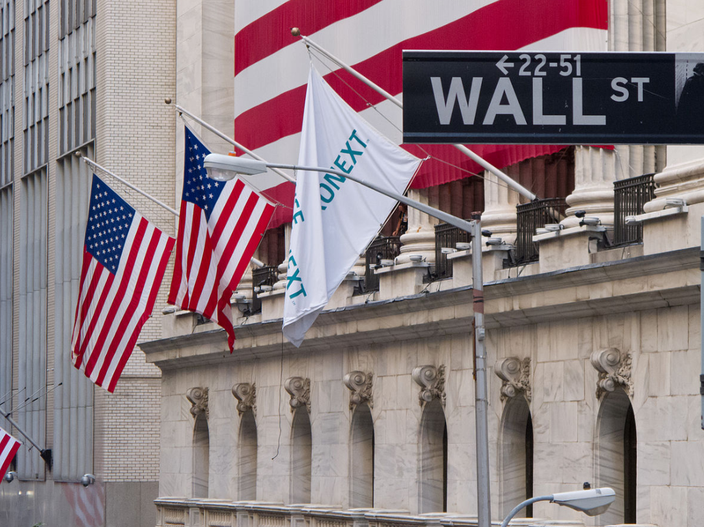Wall Street retreats: Tariffs and weaker employment data dampen investor sentiment

Shares were further pressured by Amazon's weak performance, which, after releasing its quarterly report, fell short of investor expectations for its cloud-based unit, Amazon Web Services. Hours before the tariff deadline, President Donald Trump signed an executive order imposing tariffs on imports from countries like Canada, Brazil, India, and Taiwan. This is another round of tariffs as part of efforts to negotiate more favorable trade agreements.
Weaker employment growth undermines investor confidenceMacroeconomic data also weighed on investor confidence, with US job growth in July coming in weaker than expected and data for the previous month being significantly revised downward , suggesting the labor market is starting to lose momentum. This information boosted expectations for a Federal Reserve interest rate cut at its September meeting.
Preliminary data showed that during Friday's session, the S&P 500 lost 101.60 points, or 1.60 percent, to end the day at 6,237.79 points. The Nasdaq Composite Index fell 472.78 points, or 2.24 percent, to 20,649.67 points, and the Dow Jones Industrial Average lost 543.97 points, or 1.23 percent, to end the session at 43,587.01 points.
Market expectations for at least a 25-basis-point interest rate cut in September rose to 80.9%, according to the CME FedWatch tool, from 37.7% in the previous session. Other data from the Institute for Supply Management (ISM) showed U.S. manufacturing contracted for the fifth consecutive month, and factory employment fell to a five-year low .
S&P 500 and Nasdaq indices see biggest declines since AprilThe S&P 500 and Nasdaq posted their biggest one-day declines since April 21, and all three major indexes were heading for weekly losses. The CBOE Volatility Index, known as Wall Street's "fear gauge," rose to 21.90, its highest level since June 23.
Amazon dragged down the Dow Jones, S&P 500 and Nasdaq the most, causing a nearly 4 percent decline in the consumer discretionary sector, which was the weakest among the 11 major sectors in the S&P 500.
Apple also published somewhat disappointing results – despite forecasting revenue for the current quarter significantly exceeding expectations, CEO Tim Cook warned that US tariffs could increase the company's costs by $1.1 billion in this period.
najnowsze






